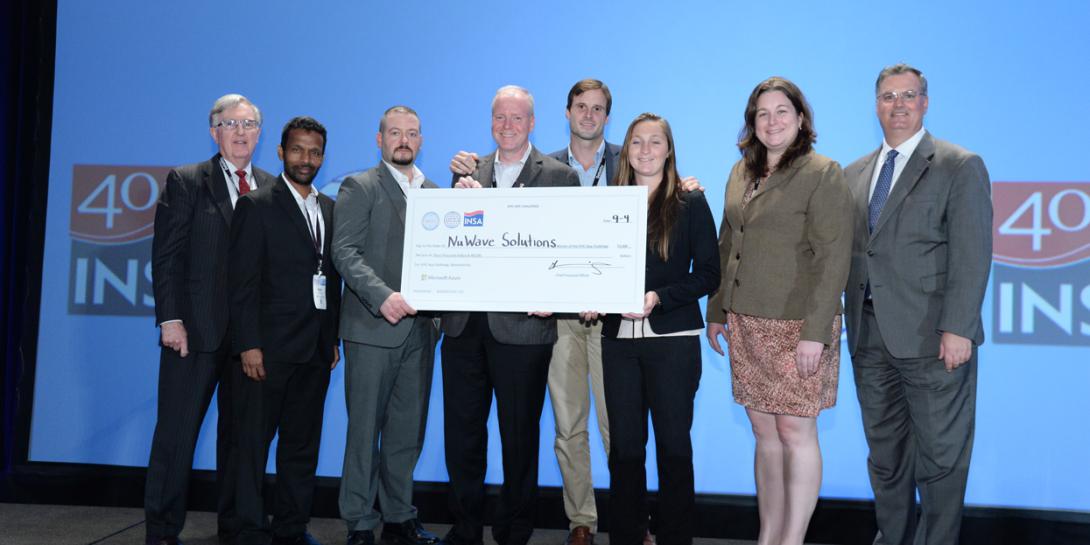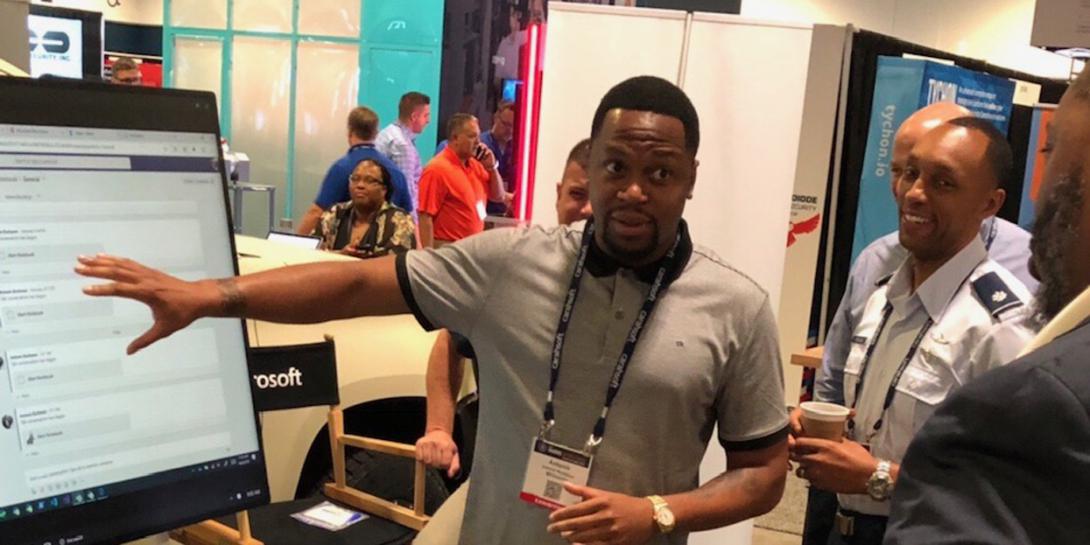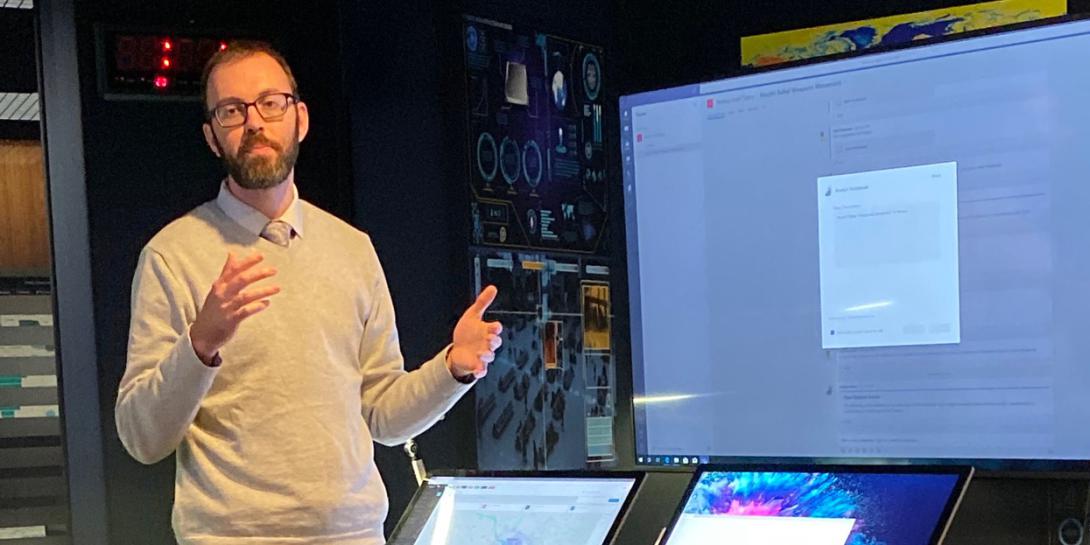Blending Data Strengthens Security
Industry and government organizations are eager to find ways to combine structured and unstructured data to improve communications about national security threats to the public more effectively. Merging this information will enable the intelligence community (IC) to take advantage of the strengths of both data types and allow analysts to quickly search and assess structured data with the wealth of insights in the unstructured environment.
According to Niloo Norton, senior modern workplace specialist, National Intelligence Division, Microsoft Corporation, combining data provides U.S. policy makers with the facts on situations, including physical, cyber, space and military threats, as they are happening or in some cases even before they happen. “The better we can detect a threat, the better we can fight it. AI [artificial intelligence] makes it possible for machines to learn from human behavior by recognizing patterns in the data being processed. By analyzing news reports, social media platforms and documents, AI can learn to detect threats,” Norton states.
Joel Day, account technology strategist, Microsoft Federal, explains data merging capabilities are needed because intelligence agencies often store data differently. “Even within an organization or agency, each directorate and office stores data differently. Every social media outlet, telecom provider, satellite system, video monitoring system and IT system stores data differently,” he notes. “The problem with these disparate data sets is that it limits our ability to share information. This results in duplicative efforts and wasted time and money. Being able to integrate data from weather forecasts with social media posts will greatly improve our ability to monitor real-time environmental situations, for example.”
Once new and enhanced threat information is obtained, the multitude of media channels from which some of the unstructured data that contributed to the enriched information will be used to disseminate it, Day says. These would most likely include televised broadcasts, official social media channels, written articles and radio transmissions. But he emphasizes that while the communication channel is important, “the critical element here is to inform the American people in a timely manner.”
Norton points out that young information technology and intelligence professionals are particularly suited to distributing this data quickly because doing so is an everyday occurrence for them. “The current young professionals are digital natives. They were raised in a time of increasing connectiveness and information sharing. They bring a wealth of skill sets needed in fighting the current war on terror.
“People in the IC recognize that there are information stovepipes caused by a lack of information sharing, exacerbated by an inability to collaborate. Young professionals play a key role in putting the ‘community’ back into the intelligence community by breaking silos and efficiently sharing data and analysis. This is a revolutionary step forward for the IC,” she says.
Intelligence and technology professionals beginning their careers are being encouraged to propose innovative ways to combine structured and unstructured data through AFCEA’s Emerging Professionals in Intelligence Committee (EPIC) App Challenge. EPIC comprises IC professionals age 40 and under from both the public and private sectors. The challenge is part of the Intelligence and National Security Summit (INSS) virtual event, which takes place September 16-18. AFCEA International and the Intelligence and National Security Alliance (INSA) are hosting the summit.
The competition, which Microsoft is sponsoring, challenges young professionals to use AI to identify an unstructured data set and combine it with a structured data set to produce meaningful, accurate and compliant results. The solution must go beyond basic information; work out content automatically; learn from human behavior; and make predictions for better insights and intelligent decision making. The first-place prize is $5,000; the second-place award is $1,000.
Joe Schmank, director, Microsoft Azure Government, says the challenge gives summit attendees an opportunity to get hands-on exposure to some of the challenges and problem sets that the national security community faces. Since Microsoft has sponsored the competition in 2018, the company has attracted a number of teams of new IC professionals who have been very creative in their projects, Schmank relates.
“As we move to a virtual format in 2020, we hope that the participation can even be expanded and demonstrate the value of virtual teaming. The national security community is, of course, made up of groups of teams working together, and the App Challenge is a way to push new ideas and concepts in the virtual work environment,” he states.
Norton points out that Microsoft will benefit from the challenge in other ways. “We feel that emerging professionals are shaping how information is captured and shared,” she says. “By observing how these teams operate on programs like the Apps Challenge, we will be able to gain insights into how collaboration will look in the future.”







Comments